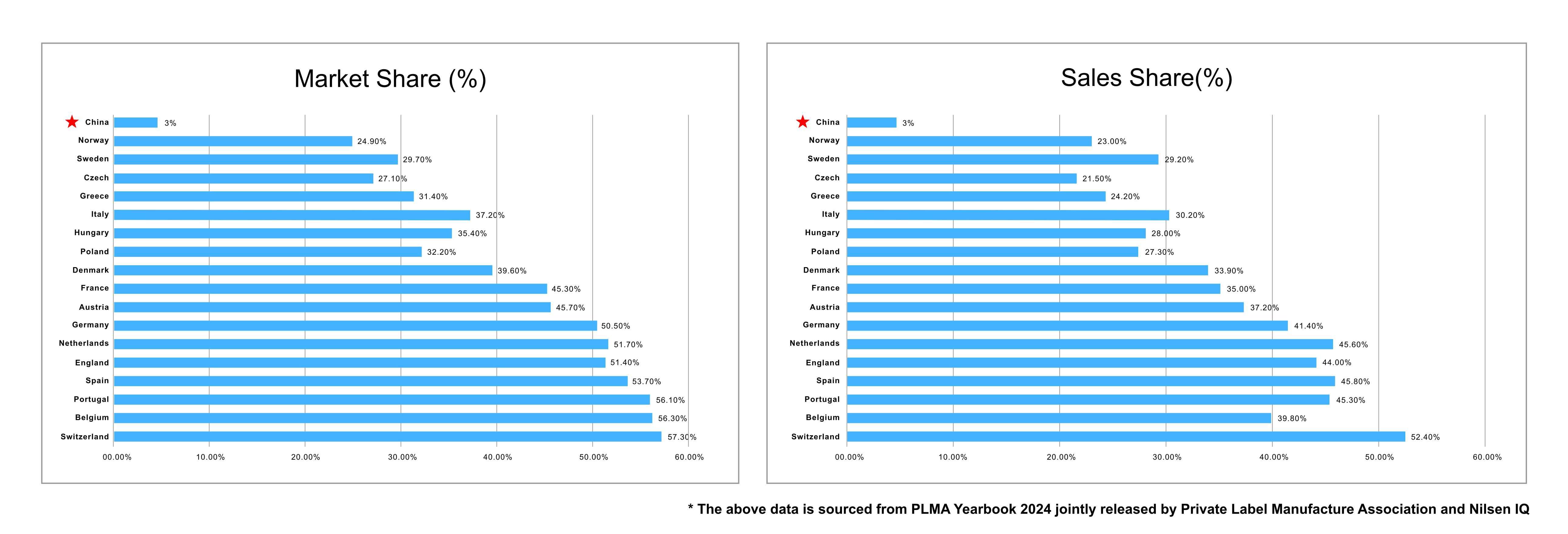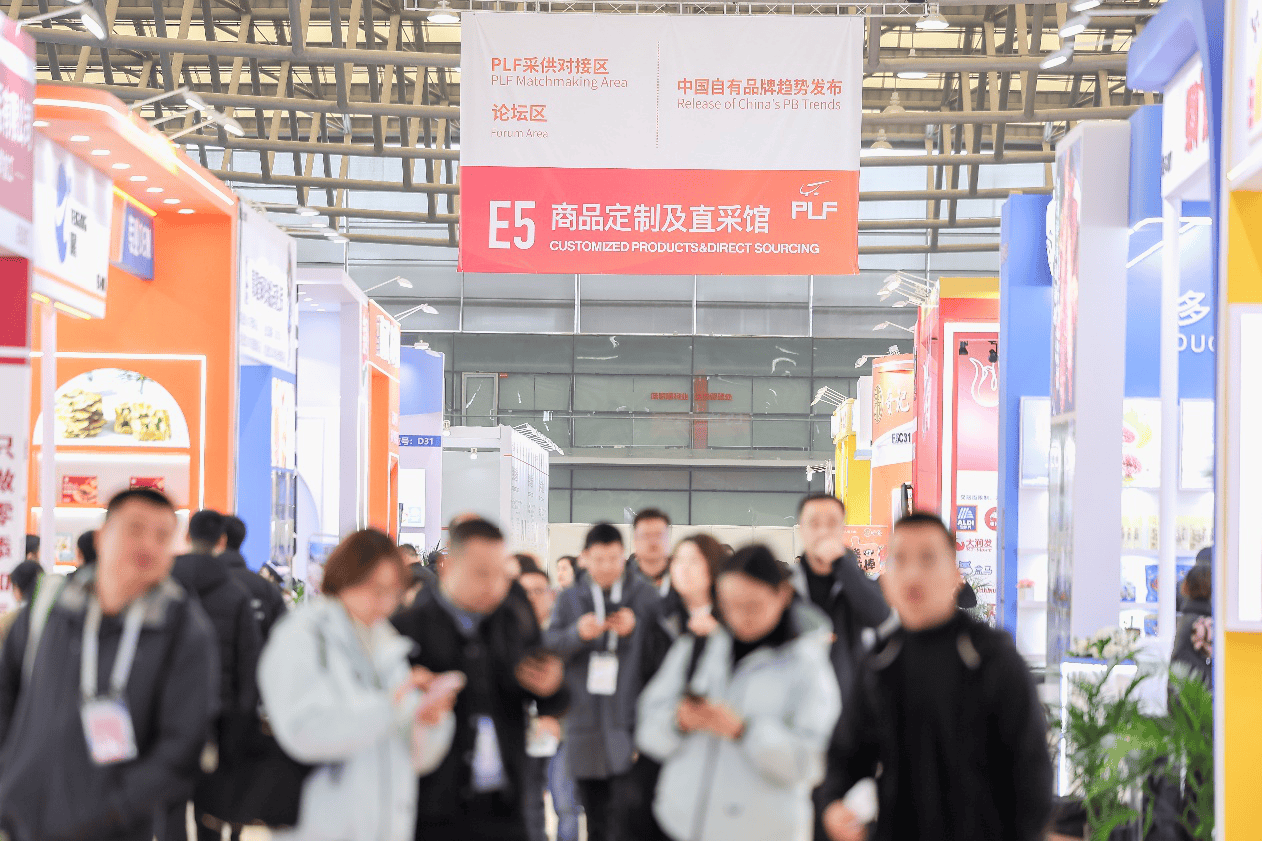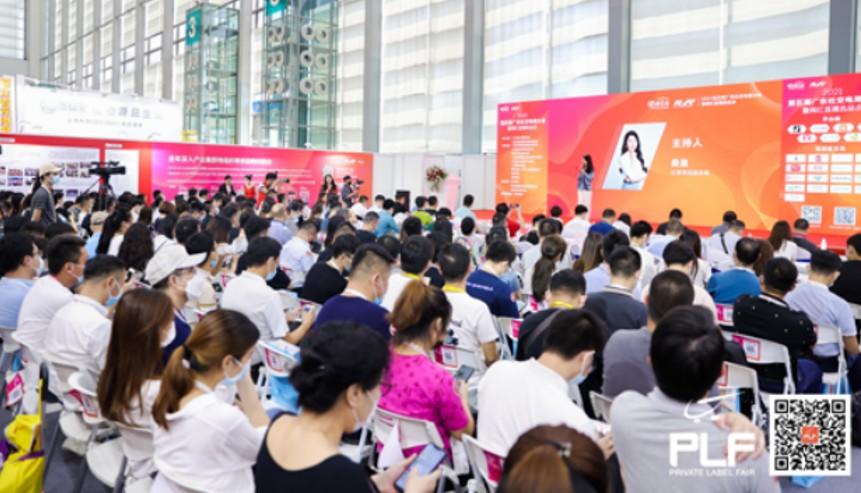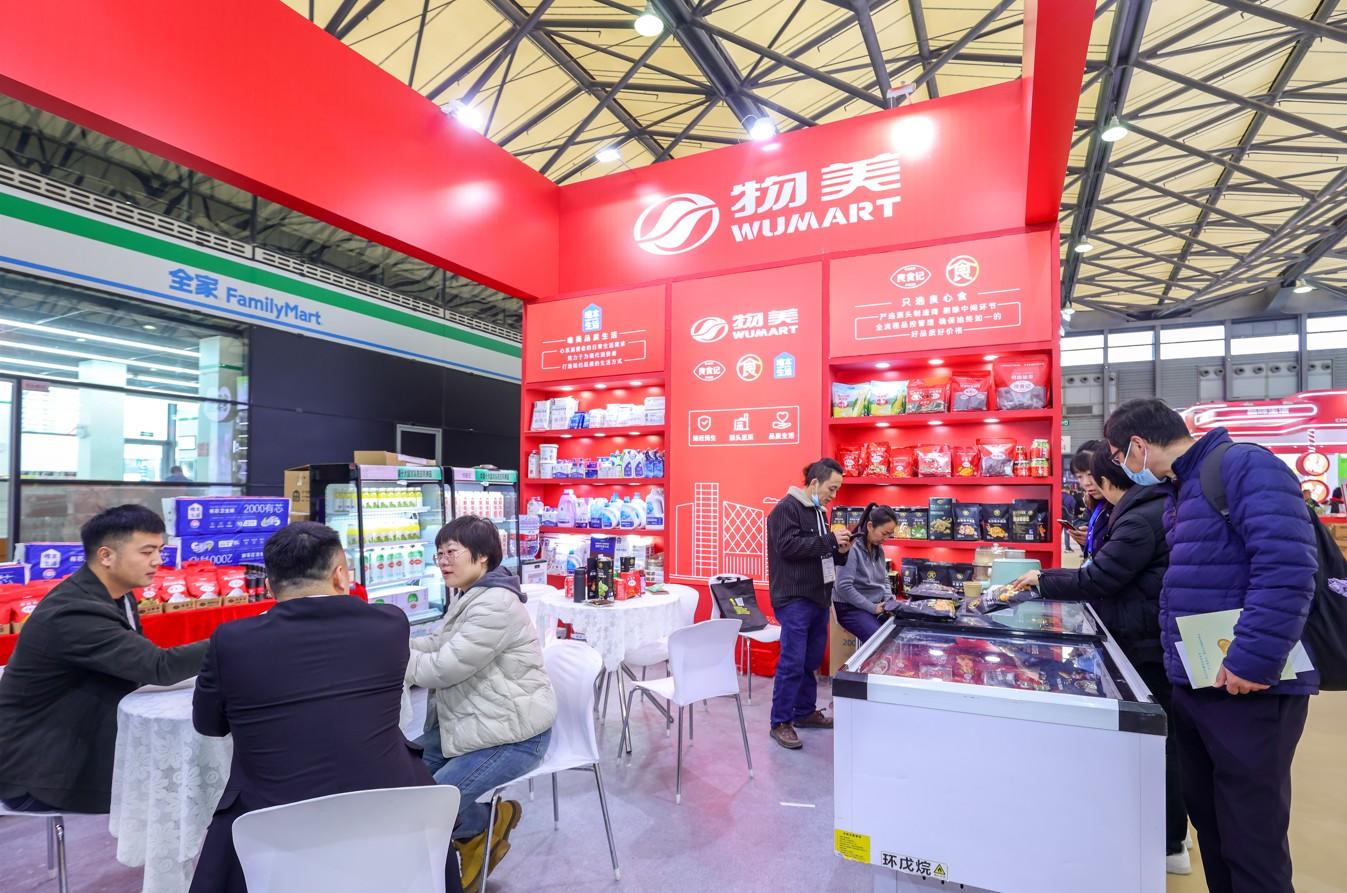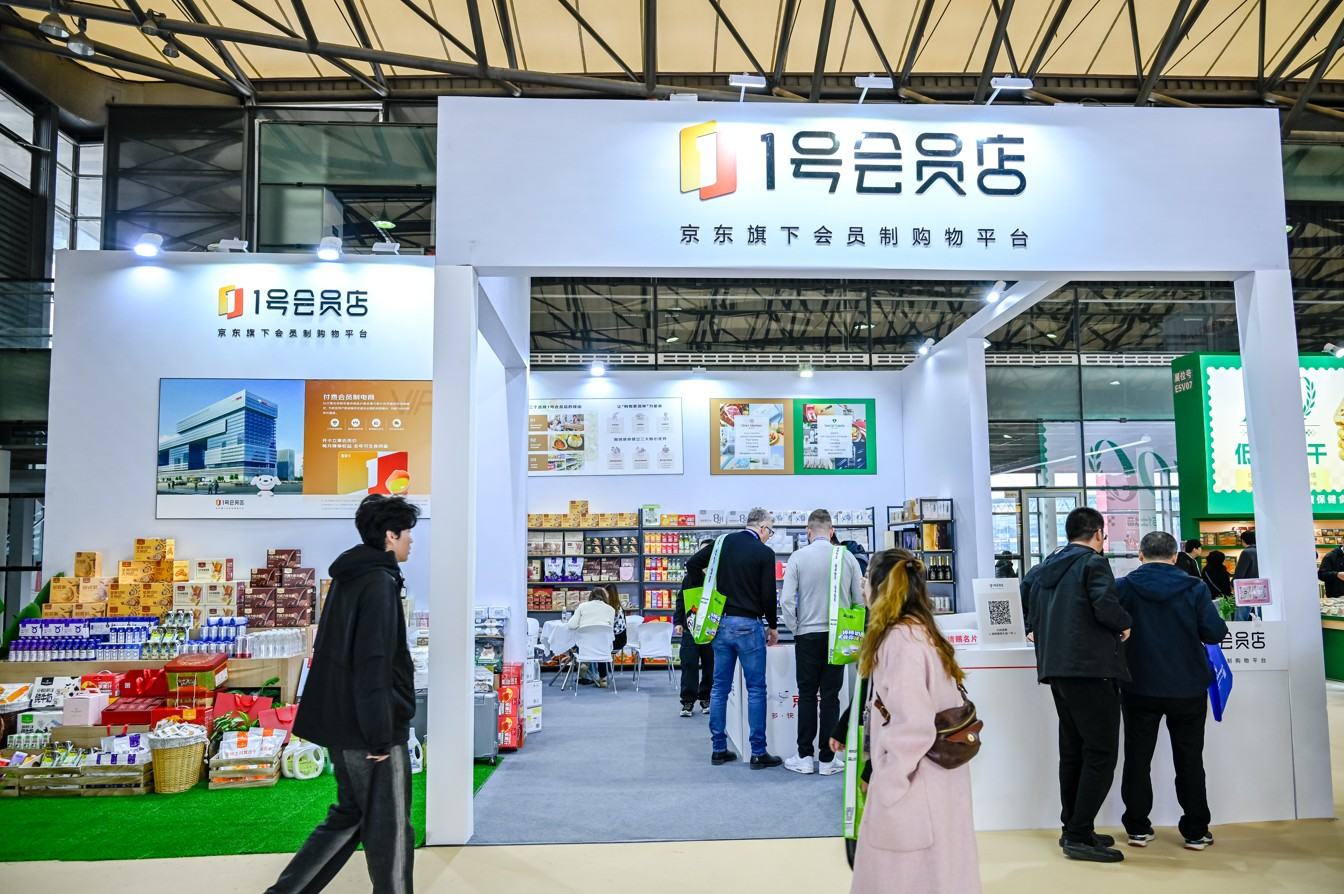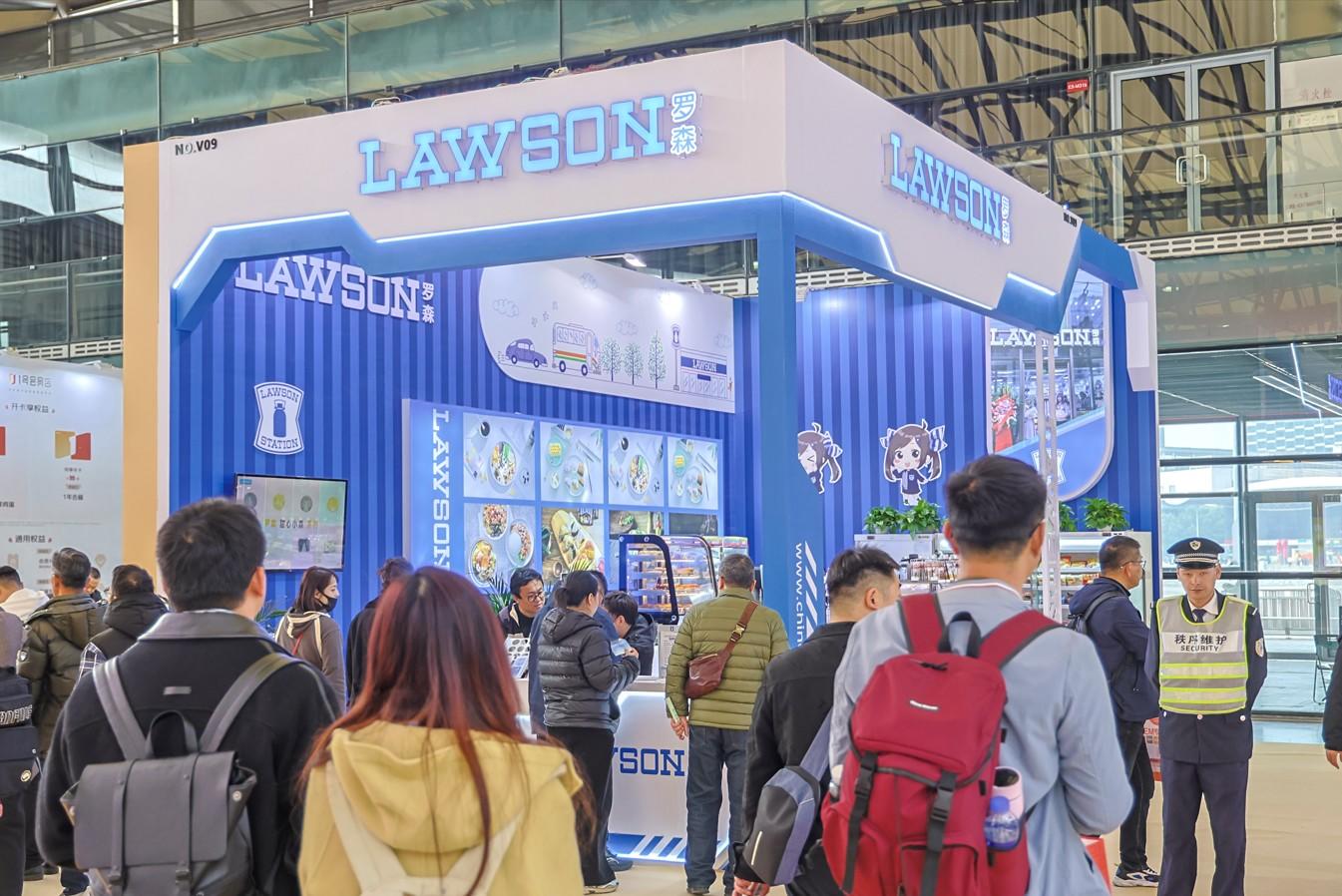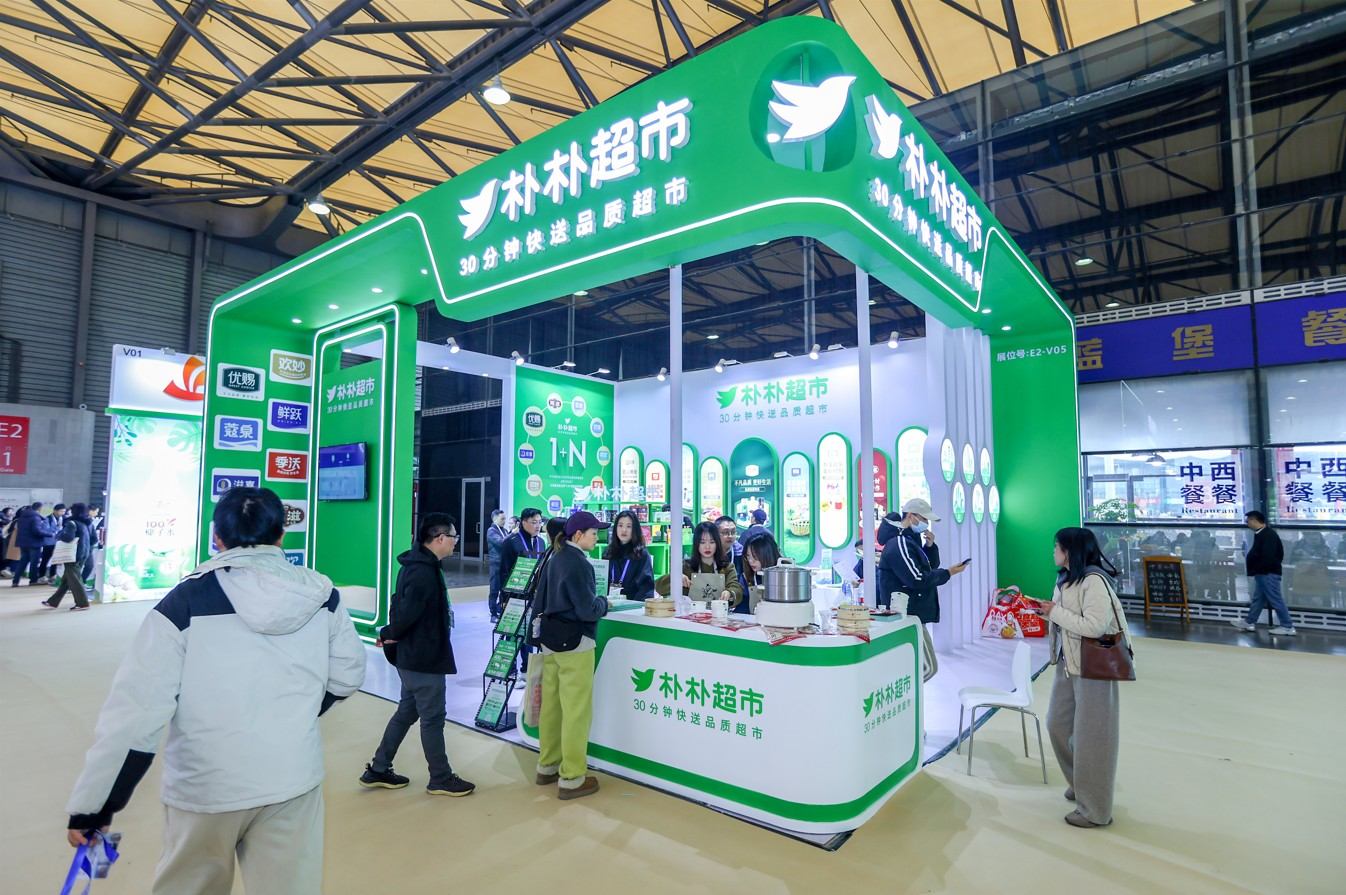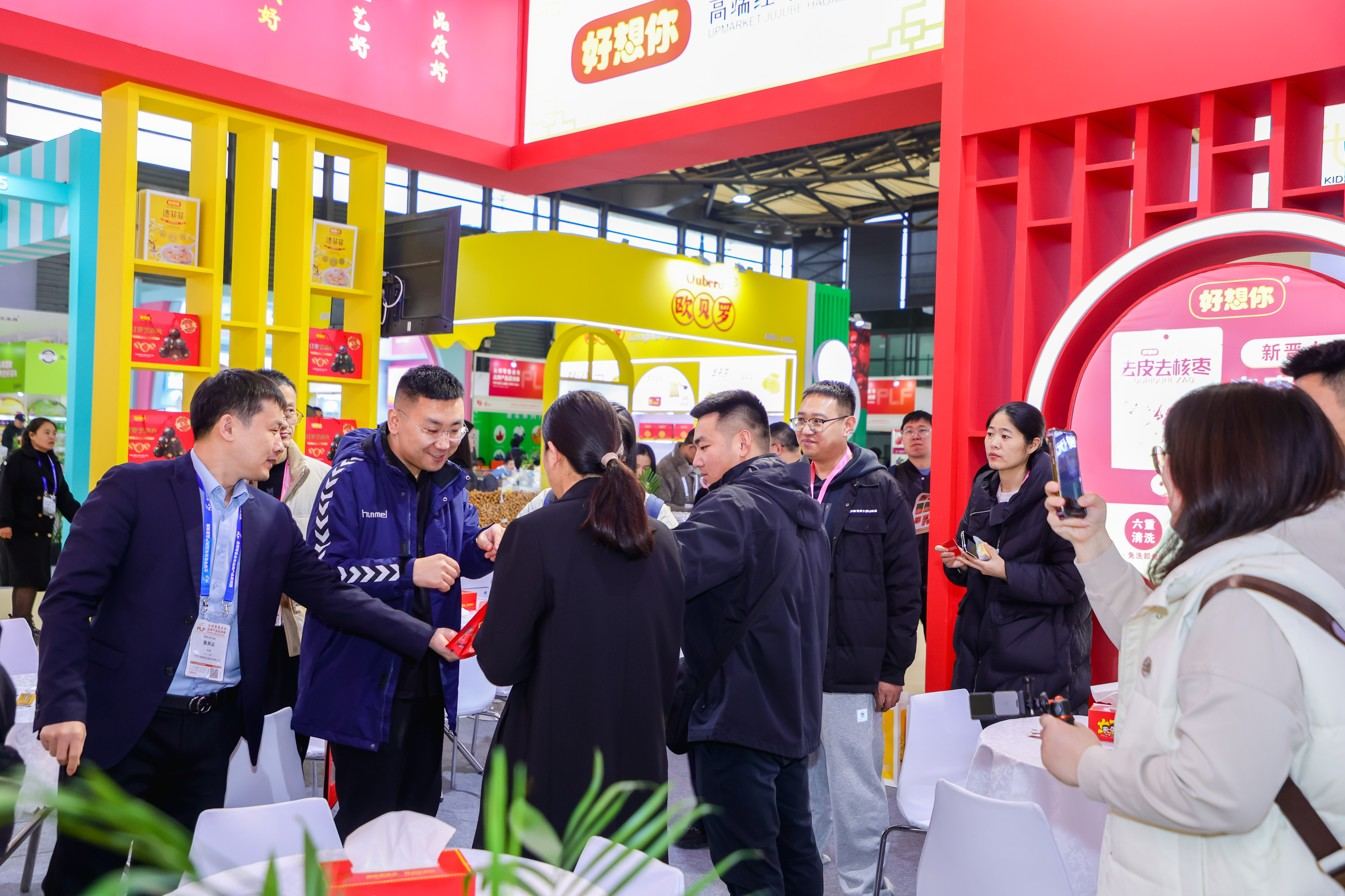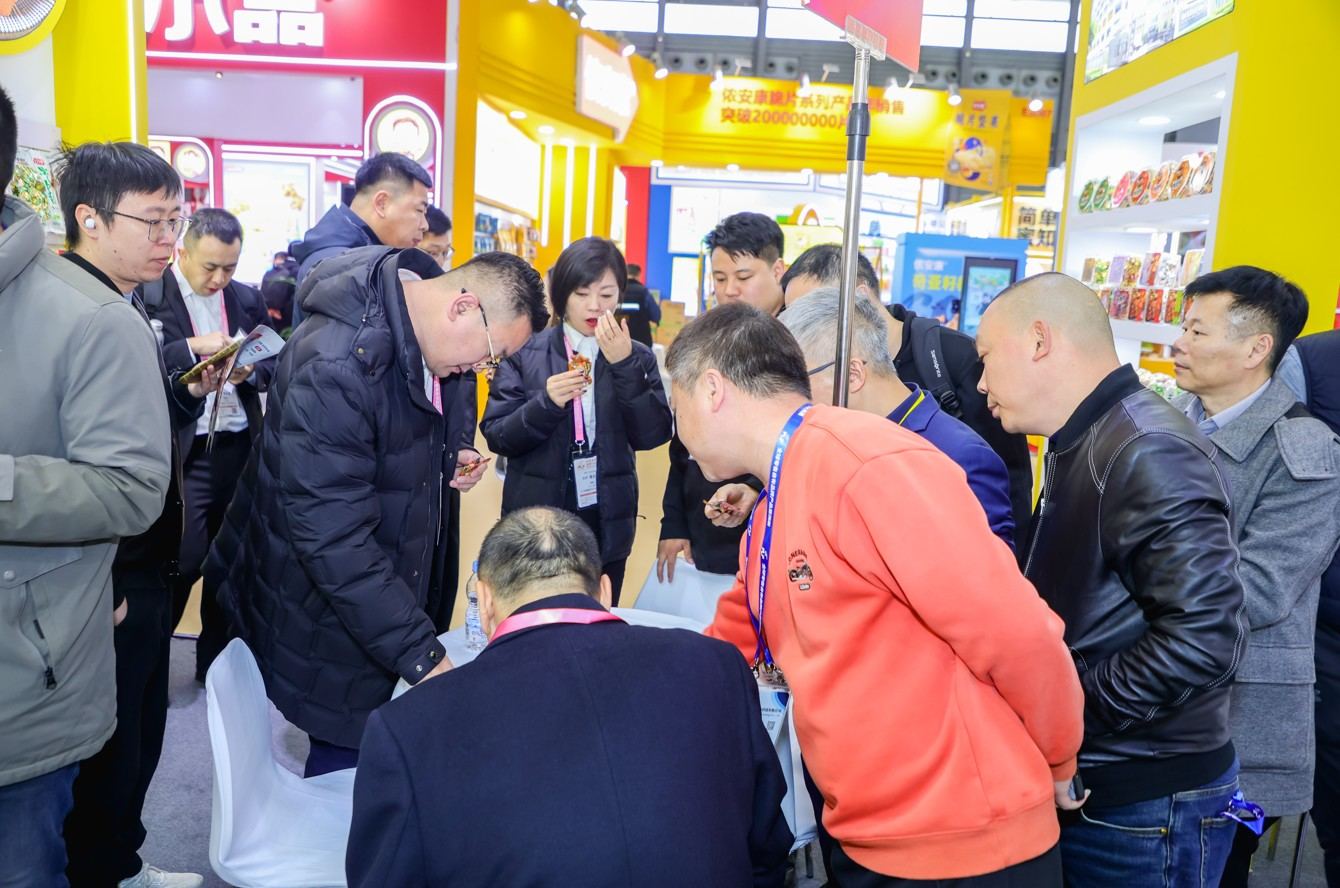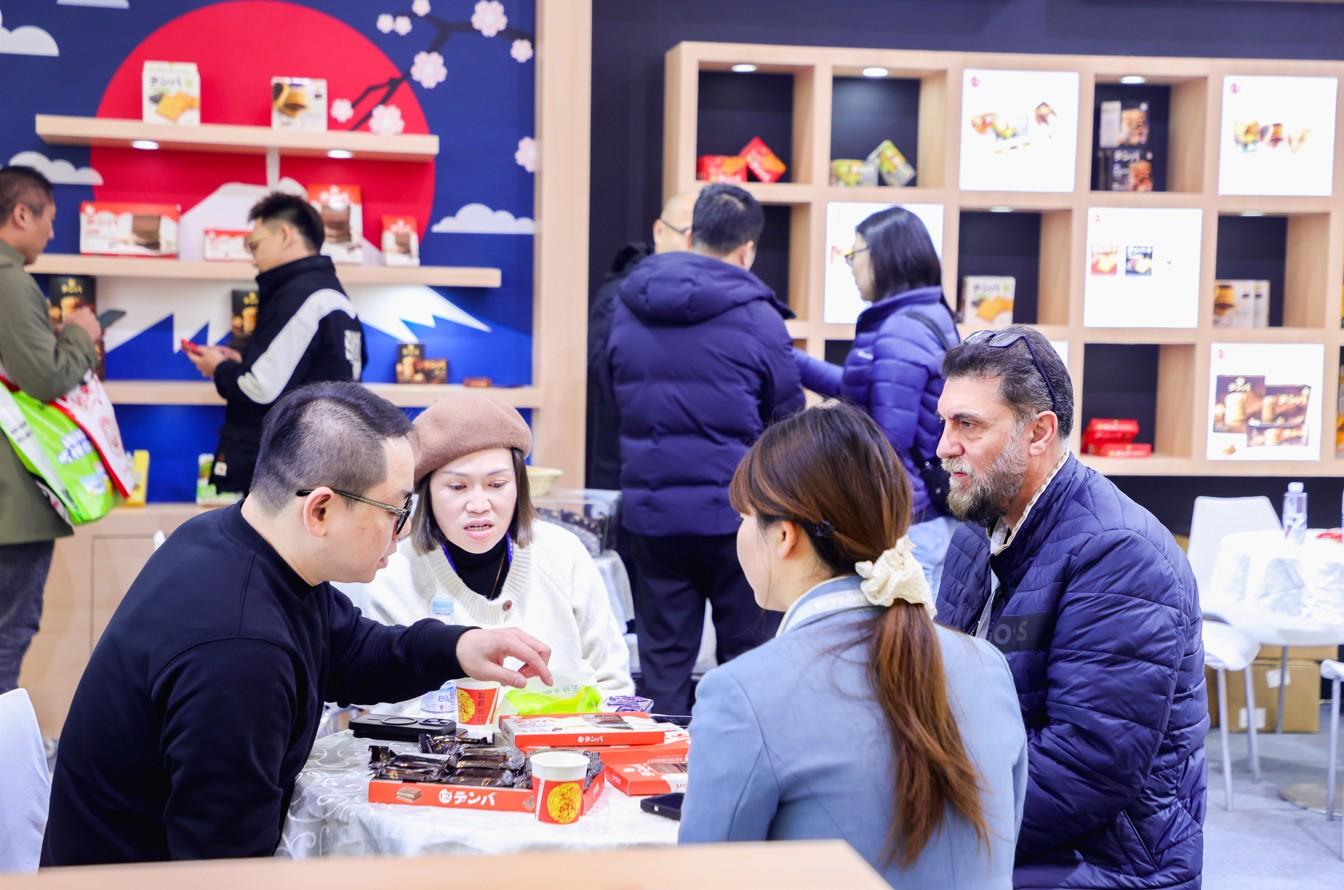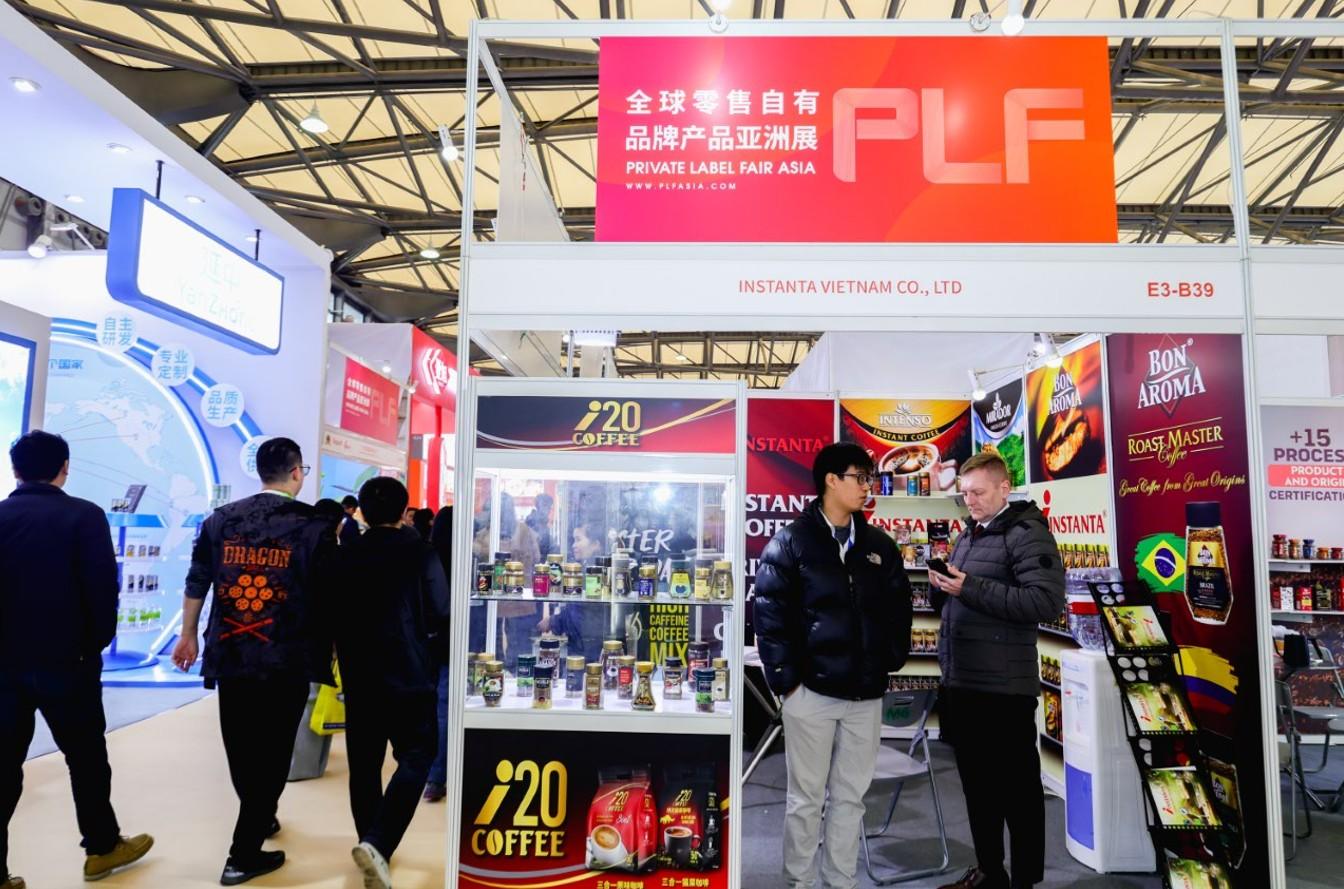The 18th Private Label Fair Asia (PLF) would be held at Shanghai New International Exhibition Center (SNIEC). The scale of the 18th PLF would be 60,000 square meters, supplies over 2,841 booths. More than 1,000 companies would exhibit their products during the show. And over 100,000 latest products would be distributed during that time. The fair would attract more than 20,000 professional buyers. PLF would be the only professional B2B platform for PB in APEC.
WHAT ARE PRIVATE LABEL PRODUCTS?
Private label products encompass all merchandise sold under a retailer's brand. That brand can be the retailer's own name or a name created exclusively by that retailer. In some cases, a retailer may belong to a wholesale group that owns the brands that are available to only the members of the group.
WHAT PRODUCTS ARE SOLD AS PRIVATE LABEL?
Major supermarkets, hypermarkets, convenient stores and discounters offer products under the retailer's brand. Private label covers lines of fresh, canned, frozen, and dry foods; snacks, ethnic specialties, pet foods, health and beauty, over-the-counter drugs, cosmetics, household and laundry products, DIY, lawn and garden, paints, hardware, auto care.
WHAT ARE THE ADVANTAGES OF PRIVATE LABEL?
For the consumer, private label represents the choice and opportunity to regularly purchase quality food and non-food products at savings compared to manufacturer brands, without waiting for promotional pricing.
Private label items consist of the same or better ingredients than the manufacturer brands, and because the retailer's name or symbol is on the package, the consumer is assured that the product meets the retailer's quality standards and specifications.
WHO MAKES PRIVATE LABEL?
Manufacturers of private label products fall into three classifications:
• Large manufacturers who produce both their own brands and private label products.
• Small and medium size manufacturers that specialise in product lines and concentrate on producing private label almost exclusively.
• Major retailers and wholesalers that operate their own manufacturing plants and provide private label products for their stores.




